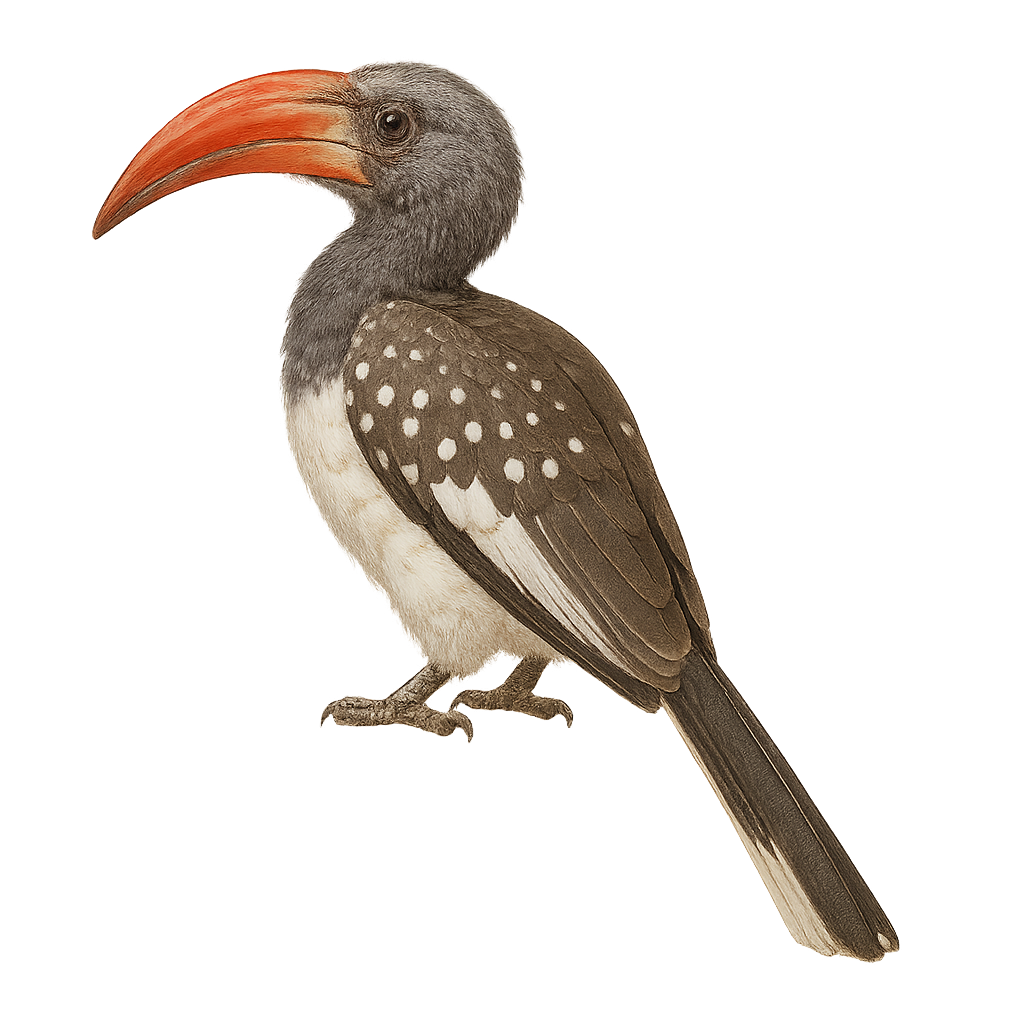Your wildlife photography guide.
Explore the monteiro's hornbill in detail, study its behavior, prepare your shots.
Where to observe and photograph the monteiro's hornbill in the wild
Learn where and when to spot the monteiro's hornbill in the wild, how to identify the species based on distinctive features, and what natural environments it inhabits. The WildlifePhotographer app offers tailored photography tips that reflect the monteiro's hornbill’s behavior, helping you capture better wildlife images. Explore the full species profile for key information including description, habitat, active periods, and approach techniques.
Monteiro's Hornbill
Scientific name: Tockus monteiri

IUCN Status: Least Concern
Family: BUCEROTIDAE
Group: Birds
Sensitivity to human approach: Suspicious
Minimum approach distance: 10 m
Courtship display: February to April
Incubation: 23-26 jours
Hatchings: March to May
Habitat:
Savannah, arid areas, dry forests
Activity period :
Primarily active during the day, with peak activity in the morning and late afternoon.
Identification and description:
The Monteiro's Hornbill is a captivating bird, endemic to the arid regions of southwestern Africa, mainly in Namibia and Angola. It is distinguished by its long, curved, bright red bill and contrasting black and white plumage. This bird measures about 54 cm in length and weighs between 200 and 300 grams. It is often seen in pairs or small groups, feeding primarily on insects, fruits, and small reptiles. The Monteiro's Hornbill is known for its complex social behaviors, especially during the breeding season when the male feeds the female while she incubates the eggs in a sealed nest. Although its habitat is limited, it is not currently considered threatened.
Recommended lens:
400mm – adjust based on distance, desired framing (portrait or habitat), and approach conditions.
Photography tips:
To photograph the Monteiro's Hornbill, it is advisable to use a telephoto lens of at least 400mm to capture precise details without disturbing the bird. Look for open areas where they often feed on the ground. Be patient and discreet, as although they are suspicious, they can get used to your presence if you remain still. Take advantage of the early morning or late afternoon hours to benefit from soft, flattering light.
The WildlifePhotographer App is coming soon!
Be the first to explore the best nature spots, track rutting seasons, log your observations, and observe more wildlife.
Already 1 430 wildlife lovers subscribed worldwide

